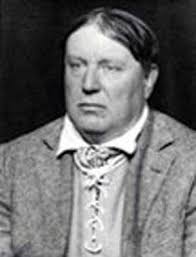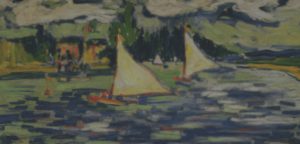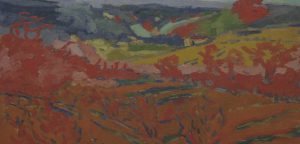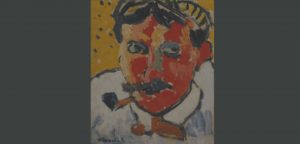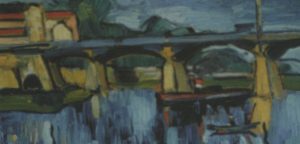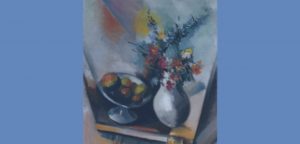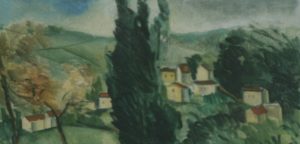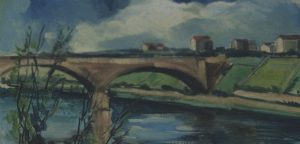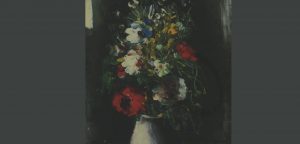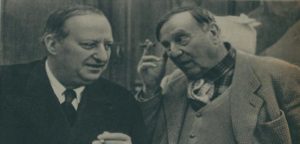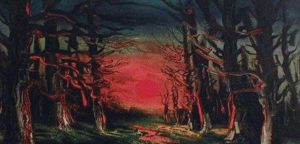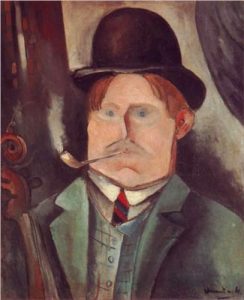Maurice de Vlaminck was born on the 4th of April in 1876 in Paris.
1876 - 1958
Maurice de Vlaminck
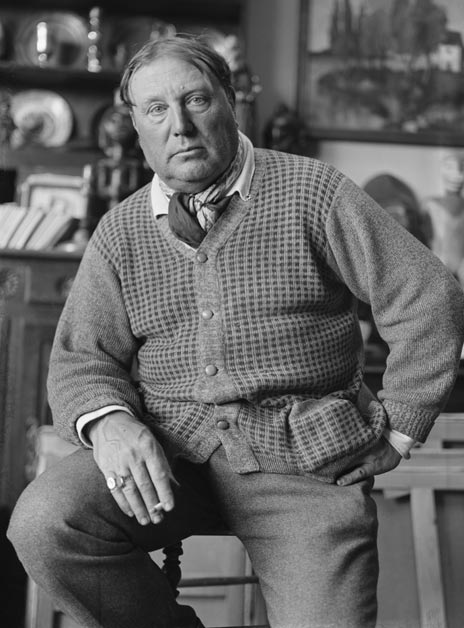
description
A French self-taught artist, painter and graphic artist, writer, an active member of the group “Fauves” (“Wild” or Fauvist).
The artist was born into the family of poor Parisian musicians (a Flemish violinist-emigrant and a pianist from Lorraine). Having learned to play the violin, he began to make a living early, without an opportunity to get a special arts education.
Maurice de Vlaminck was quite accurately called the “incinerator” of Expressionism in the group of Fauves. The artist, who attended only private drawing lessons from adolescence, said with pride that he had never visited museums (“did not cross the Louvre threshold”). Maurice believed that the study and copying the paintings of masters, like a specialized school, deprive the creator of identity, making him not a painter, but a theoretician.
Numerous solo exhibitions of Maurice’s paintings that took place in Switzerland, England and other European countries, as well as in the USA, helped him confidently gain sympathy among art lovers and art historians all over the world. They made the painter not only popular, but also financially secured. The artist was given the honor to represent France at the Venice Biennale in 1954. As a writer, Vlaminck left a legacy of several novels and autobiographies.
Key Ideas:
– In the early works of Vlaminck, there is an obvious interest in various painting styles, but Impressionism and Neo-Impressionism briefly attracted an emotional novice creator. In his first works, Maurice contrasted his material and sensual sense of nature to the poetic perception of the Impressionists. The objects are depicted in clear, well-defined contours, filled with saturated, though not bright colors. Impressionist in them is only the sky, preserving its airiness due to jerky white and blue strokes.
– Impressed with a retrospective exhibition of Van Gogh, Vlaminck created paintings, using a riot of pure colors. The fascination with Fauvism led the artist to an even more exalted experiment, marked by a perfect lack of shadow, with perspective plans turning into decorative planes. At the same time, space is involved in a mere vortex of colors.
– Developing his own style, the artist used a simplified geometrized interpretation of objects, which he borrowed from Cezanne. He managed to transmit quite a thin gradation of light, preferring a bright and contrasting color palette. Later, showing interest in Cubism, de Vlaminck little accentuated the three-dimensional forms in a number of works, but began to emphasize the contrast of light and shadow, achieving the dynamic emotionality of the paintings.
– Completely leaving Fauvism and his short flirtation with Cubism, the artist changed the gamma of paintings: they were filled with the restrained tension of mostly dark, even gloomy colors. Actively used black and white, leaden shades and cinnabar in his later works. Fractional strokes characteristic for the artist are highlighted with rhythmic, but more often uneven repetitions. A man appears in landscapes – even if he was not portrayed, his presence was implied.
1876
1892
1894
1901
1904 - 1905
1906 - 1907
1914
1919
1936
1941
1953 - 1954
1958
The birth of the artist
He took private drawing lessons from painter Henri Rigalon
Became a cyclist, but his sports career failed due to his sudden illness (typhus). For a short time, he took private drawing lessons from painter Henri Rigalon.
Married Suzanne Burli
Married Suzanne Burli (they divorced after 10 years). Soon they had a son.
Visited the exhibition of Van Gogh
Visited the exhibition of Van Gogh, which influenced him; worked on the island Chatou-on-Seine in the studio, which he rented together with A. Derain.
The work was taken to the Autumn Salon
One of his paintings was exhibited at the gallery of Bert Weil; the work was taken to the Autumn Salon, the Salon of Independent, the exhibition of the group, which was then called “Fauves” (“Wild”).
Paintings by Vlaminck were purchased A. Vollard
Paintings by Vlaminck were purchased A. Vollard. In his gallery, the first solo exhibition of Vlaminck’s works was held. Vlaminck married B. Kombay, who gave birth to their two daughters.
Was mobilized for the First World War
Was mobilized for the First World War. Worked as a draftsman at a defense enterprise.
The exhibition at the gallery Druet brought him a significant income
The exhibition at the gallery Druet brought him a significant income; Vlaminck bought a house in the suburbs of Paris, parting with the capital’s life without regret (exchanged it for a small landholding in Ruelle-la-Gadillere in 1925).
The Carnegie Institution carried out an exhibition of works by Vlaminck in New York
The Carnegie Institution carried out an exhibition of works by Vlaminck in New York.
According to one of the versions, he joined the Anti-Fascists League
According to one of the versions, he joined the Anti-Fascists League, but after the war was blamed for collaborationism (he was justified, unlike Derain, Braque, Friesz, van Dongen).
"Landscapes and Characters"
Published book “Landscapes and Characters”. Represented France at the Biennale in Venice.
The death of the artist
He passed away on the 11th of October in 1958 in Rueil la Gadeler, the department of Eure et Loir, France.

